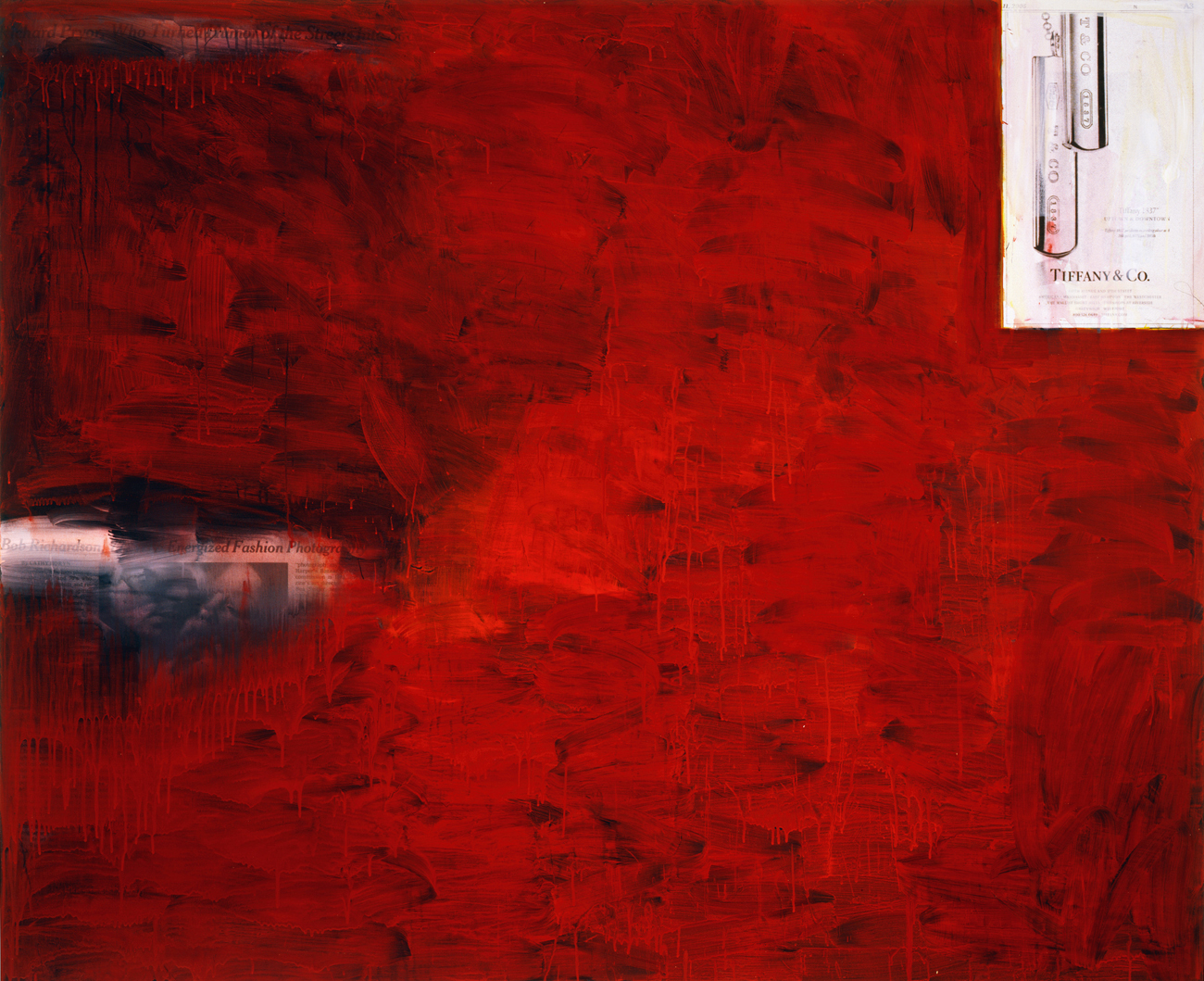Purple Magazine
— F/W 2010 issue 14
Tiffany Paintings by Richard Prince
 Richard Prince, Even Lower Manhattan, 2007, ink jet and acrylic on canvas, 65.5 x 80 inches, courtesy Gagosian Gallery, photography by Rob McKeever
Richard Prince, Even Lower Manhattan, 2007, ink jet and acrylic on canvas, 65.5 x 80 inches, courtesy Gagosian Gallery, photography by Rob McKeever
text by BILL POWERS
The first time i saw one of Richard Prince’s Tiffany paintings was in a bunker-type building on his compound located outside Rensselaerville, New York, a sleepy little town located some 140 miles north of New York City, one as hard to find as it is to spell. Richard was in the process of putting the finishing touches on his de Kooning Women series. The Tiffany paintings were quieter than the other paintings we saw that day; they reminded me of the cover Richard made for his novel, Why I Go to the Movies Alone, the one featuring a strange photo of an earring floating on a leafy branch. I’d heard rumblings that Richard’s Tiffany paintings might be…